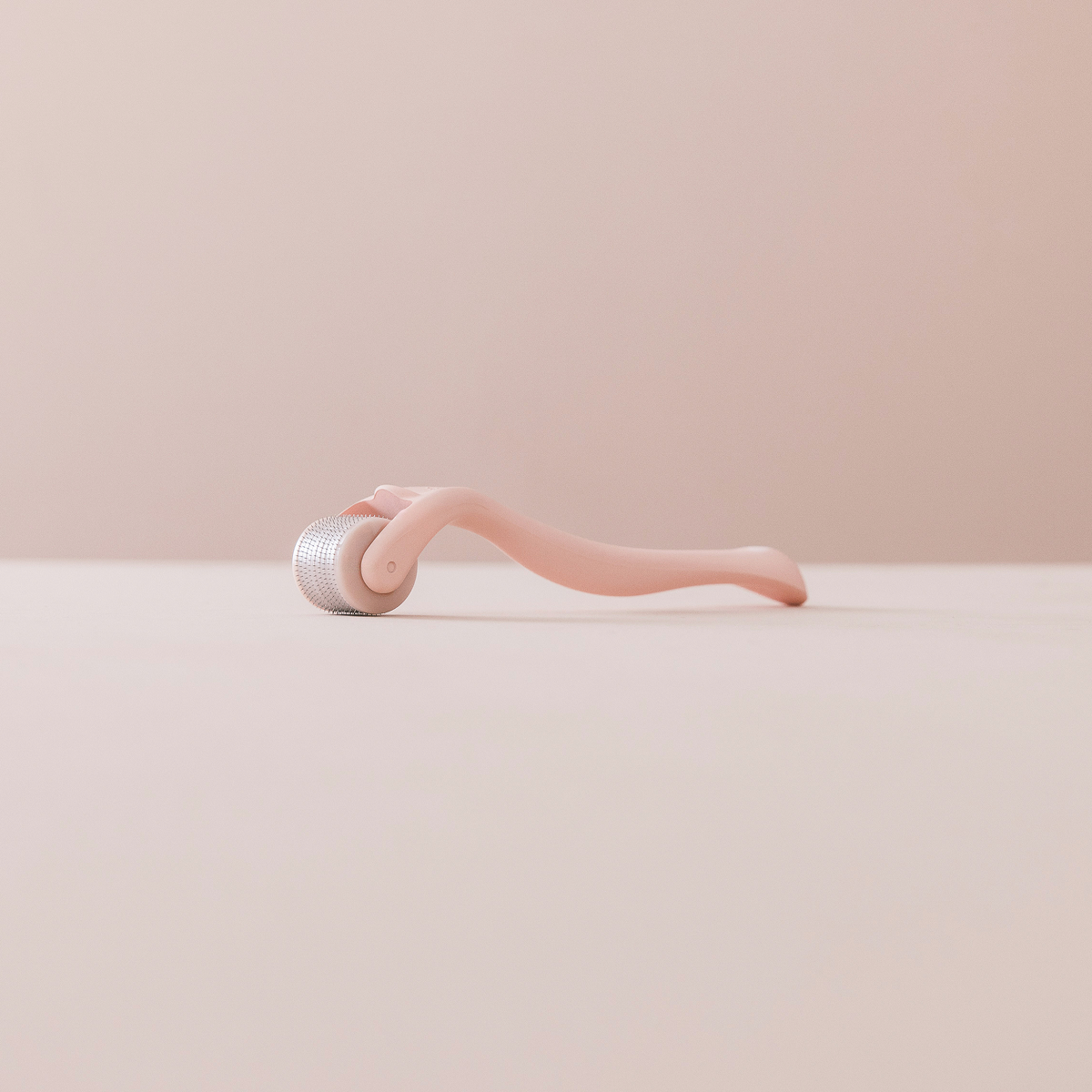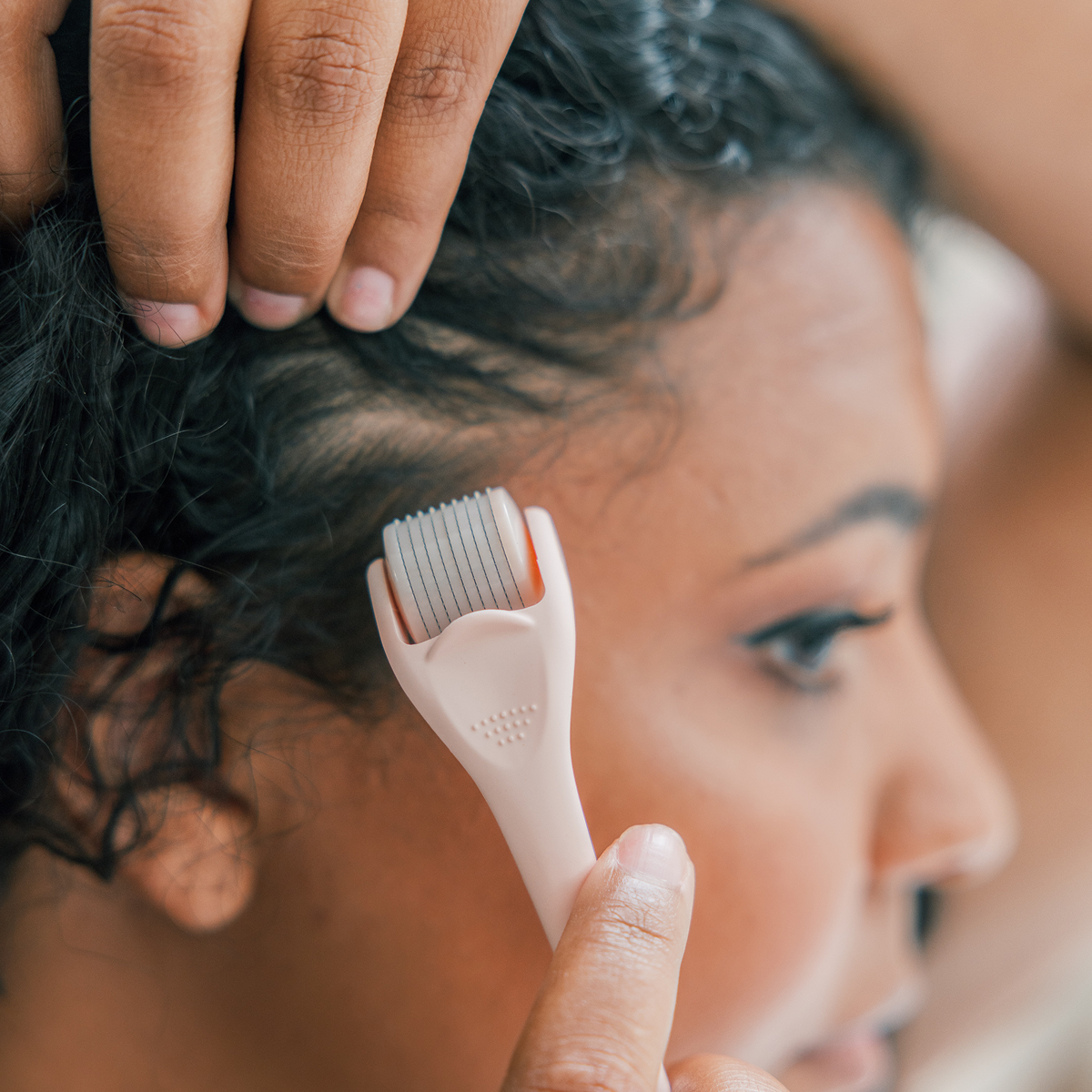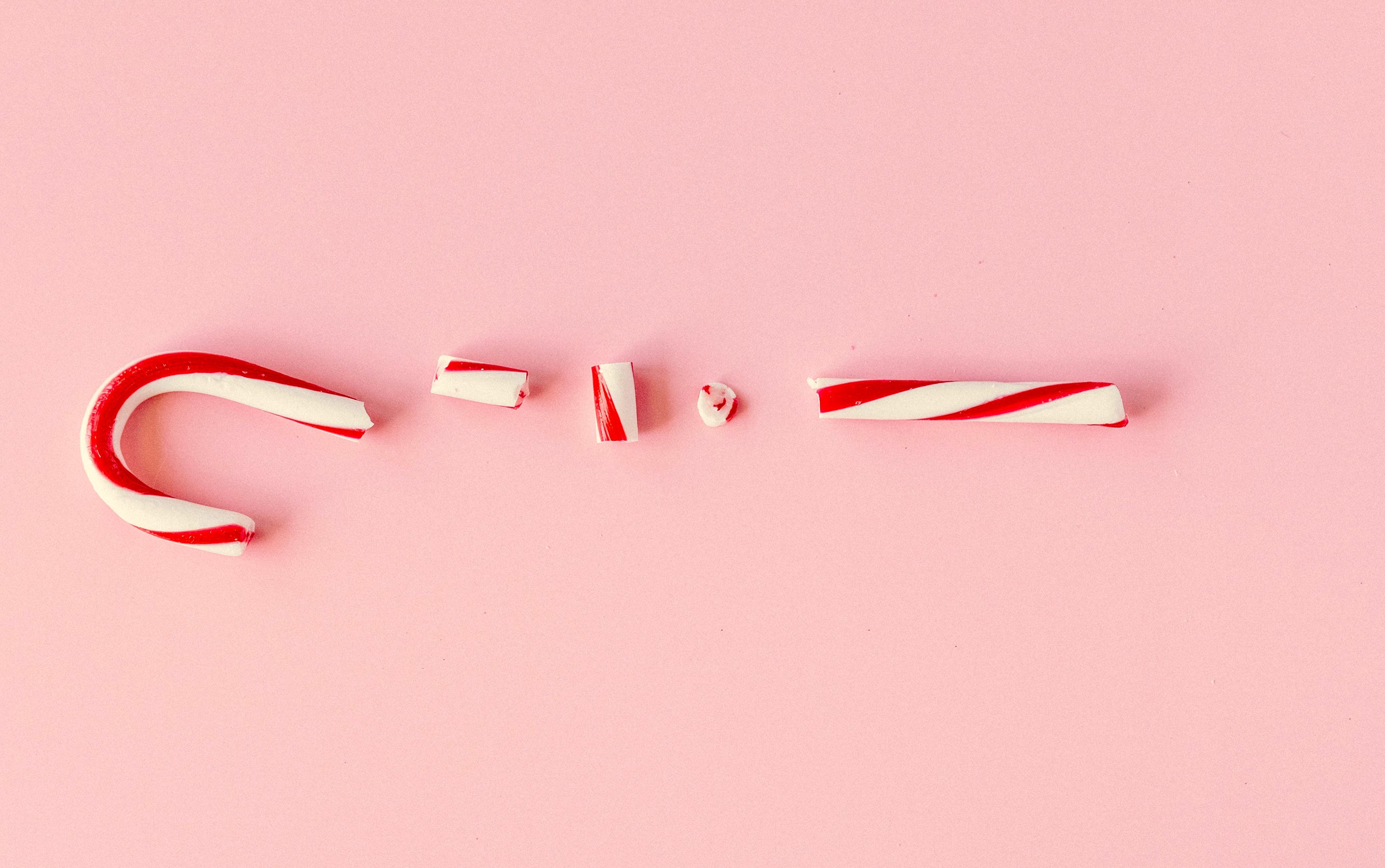From the keratin that gives it strength to the melanin that gives it color, we’re going to unravel the mystery wrapped up in each hair strand – and explore the fascinating growth cycle that keeps your locks looking luscious.
In this post, we'll dive into the three main components that make up each strand of hair, as well as the four phases of growth that keep it healthy and strong. Plus, we'll include some fun and interesting sidebars to make learning about hair even more enjoyable!
Whether you're a hair care enthusiast or just curious about what makes your hair tick, this post is for you!
Why you should care about the science behind your hair
Let’s dive in!

What is hair made of?
Cuticle
Cortex
Medulla
Did you know?
- Hair is made up of the same protein that makes up nails and the outer layer of our skin, keratin.
- Blonde hair has less melanin than darker hair, making it more susceptible to damage from UV rays. So, don't forget to protect your blonde locks with a good sunscreen or hat!
Hair growth phases
Hair growth occurs in four phases: anagen, catagen, telogen, and exogen.
Anagen 🌱
The anagen phase is the active growth phase, when hair cells in the hair follicles are dividing rapidly. This phase can last anywhere from two to seven years and during this time, your hair is growing at a rate of about ½ inch per month.
Catagen 🐢
The catagen phase is a transition phase where hair growth slows to a turtle’s pace, because the hair strand detaches from the blood supply. This phase lasts for about two to three weeks.
Telogen 🌙
The telogen phase is the resting phase when the hair strand is fully mature, dormant, and ready to be released and replaced by a newly forming hair strand. This phase lasts for between several weeks to months.
Exogen 💁♀️
The exogen phase is the shedding phase – the final stage of the hair growth cycle. The dormant hair strand will fall away, making room for the new hair sprout – and the cycle continues! The exogen phase can last for several weeks to months.
Fun fact
- The longest anagen phase ever recorded was 7.5 years, meaning the hair strand grew to a whopping 7.5 feet in length! Mermaid hair, anyone? 🧜♀️
- On average, we lose about 50-100 hairs per day as part of the natural hair growth cycle. So, don't worry if you see a few strands on your brush or in the shower, it's totally normal.
Tips to take better care of your hair
Now that you understand more about the structure, composition and growth cycle of your hair, it’s time to put that knowledge into practice.
Here are a few tips to help you take better care of your hair:
- Protect your hair from damage by using a heat protectant when using heat styling tools and avoiding excessive heat exposure.
- Keep the cuticle healthy by using hair care products that are formulated to nourish and protect this important layer – like Nourish & Repair Serum, which makes a great leave-in conditioner
- Be gentle with your hair when brushing or styling, as tugging or pulling can damage the hair strands. Using a Denman Hair Brush, which gently detangles, is a great way to gently brush your hair
- Give your hair the proper nourishment from the inside out by eating a balanced diet rich in vitamins and minerals – and supplementing with Growth Complex!




























